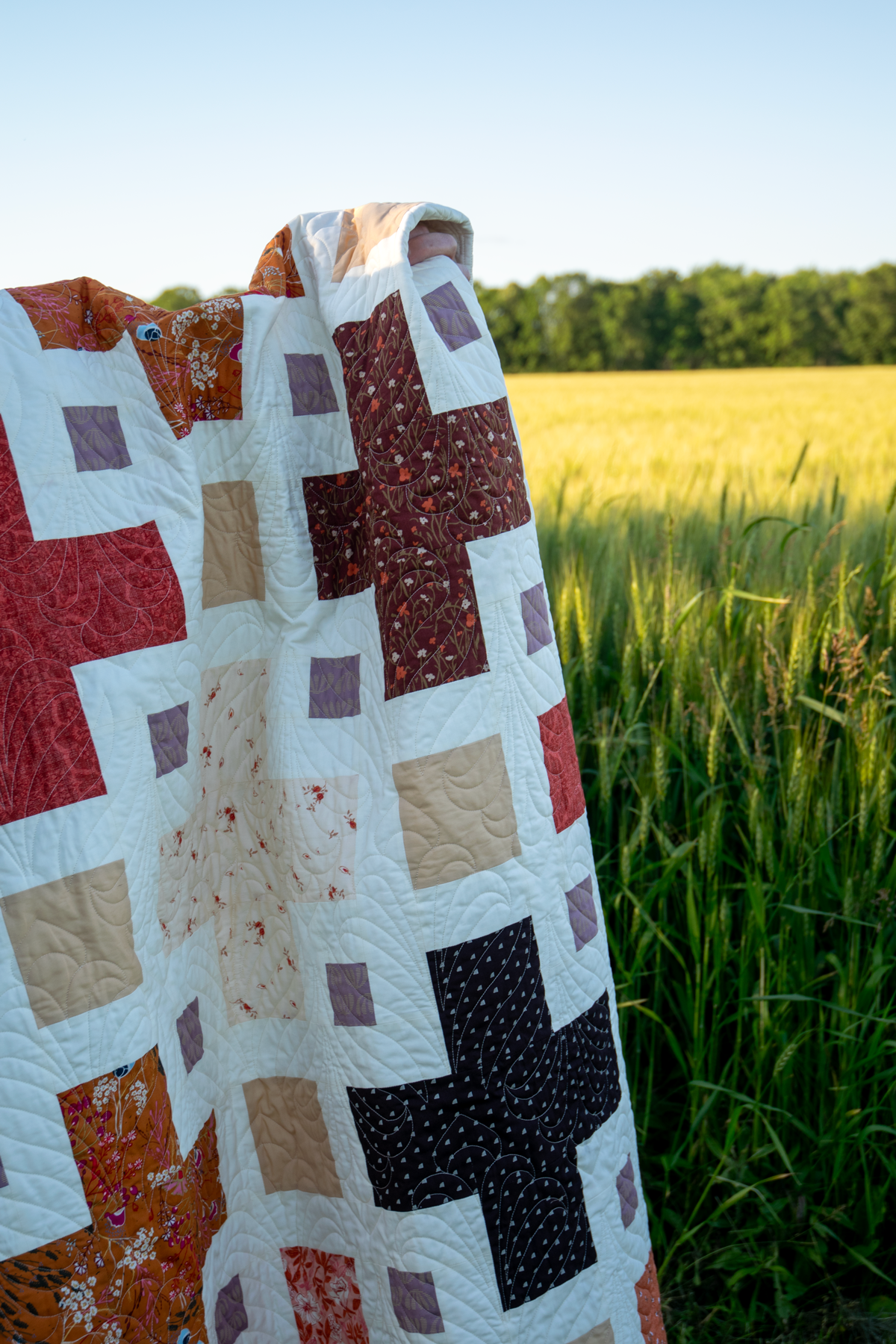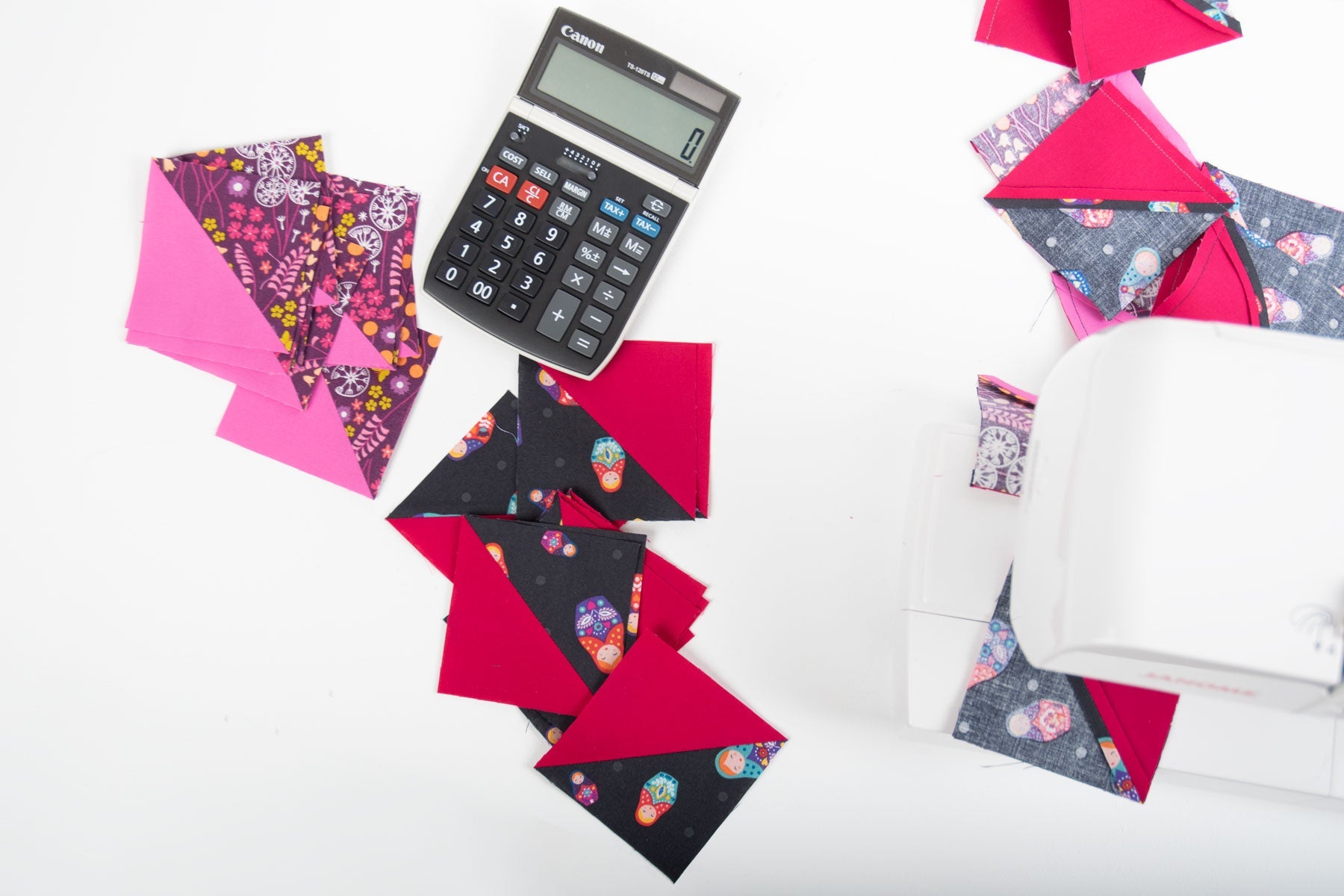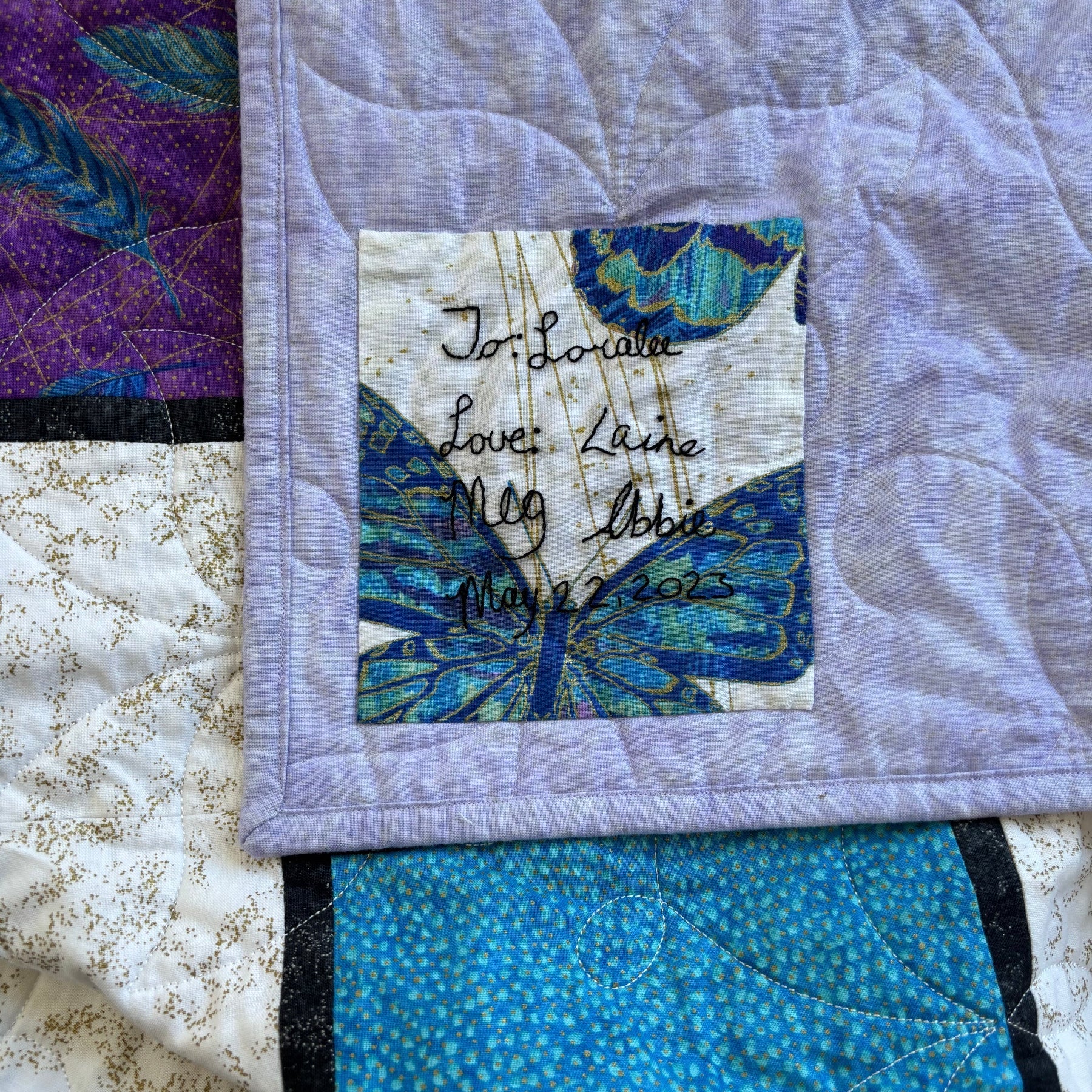
Many pieces go into making a quilt, and one of the most important pieces is the batting. Batting is the fluffy layer in between the front and back of the quilt that makes you want to curl up inside it and stay cozy all day long. However, there are different sizes, thicknesses, fibers, and colors of batting. And making the right choice can be difficult. Keep reading to learn how to choose the right batting for your quilt project so that you’ll never struggle with this decision again.
Find the Right Size
Before starting your quilt project, you must decide what quilt size you want to make. This affects every layer, including the batting, which comes in different sizes. You can choose between traditional mattress sizes, from standard crib mattresses to king-size mattresses. Or, you can use a custom size from the store or that you cut by hand at home. If you do many quilt projects, then buying batting by the bolt and cutting the sizes yourself at home can be more economical. However, it does add more work to your project.
Decide on Thickness
Once you know what sized quilt you want, you have to decide how thick you want it to be. Batting comes in two thickness options: low loft and high loft. Low loft is thin while high loft is thick, and they each have pros and cons.
Since low loft is thin, you get a slimmer quilt. Thin quilts aren’t as cozy as thicker ones, but using low loft will make your project less bulky and make stitching easier, especially if you’re doing it by hand. If you want to show off piercings more than the stitching, a thin quilt with low loft is your best option.
High loft produces a thick, fluffy quilt that you’ll never want to get out of. The extra puffiness is also a great way to show off your quilting and stitching skills. Unfortunately, the extra thickness can be difficult to maneuver and makes hand-stitching difficult.
Fiber Options
There’s no right or wrong fiber content for your quilt project, and each fiber option has it’s pros and cons. You’ll have to decide which is best for your project and your home since this is a matter of personal preference.
Cotton
This natural fiber option is heavier than you might expect, keeping you extra warm in the winter. However, that weight demands close machine quilting, so this is not a good option for those planning to stitch by hand. It can also shrink after the first wash if you don’t get pre-shrunk cotton. It’s affordable and prone to softening over time, though, which makes for a comfy, long-lasting quilt.
Polyester
For synthetic fiber, polyester is lightweight and durable. A low loft polyester is ideal for hand quilting since you don’t need to quilt it as close together as other options. High loft polyester is one of the easiest to tie and one of the warmest options. Unfortunately, polyester batting can shift and sometimes even come through the quilt’s fabric onto the outside if you don’t densely quilt it, which can require extra work.
Cotton-Poly Blend
An 80/20 blend of cotton and polyester is one of the most common and cheapest batting options. It’s ideal for machine quilting. And due to the combination of natural and synthetic materials, it doesn’t shrink as much when you wash it as pure cotton does. The combination provides a medium-weighted blanket that is cozy and durable.
Wool
In some ways, wool is like cotton; it’s another natural option that tends to shrink. But pre-shrunk versions are available. While expensive and potentially allergy inducing to certain people, this type of batting doesn’t easily crease. So you can show off your quilting skills. You can use this batting for machine quilts or hand quilts for a warm, lightweight product.
Silk
Another natural batting option is silk. Expensive but strong and soft, silk often gets blended with other natural and synthetic battings, such as bamboo and polyester. Despite the blending, it still tends to shrink when washed, although less than cotton. Like polyester, it can sometimes make its way outside of the quilt. This is called bearding. However, it’s very easy to work with either by hand or machine and drapes well on displays.
Bamboo
This is one of the most eco-friendly batting options and is another natural choice that more and more quilters are using. It retails for almost the same price as cotton while providing more stretch and breathability. Even when blended with other fibers, it’s antibacterial, which makes it an excellent choice for nursery projects. Other than the risk of slight shrinking, there are no cons to bamboo.
Scrim
Scrim is a feature occasionally found in cotton and cotton-poly batting and acts as a stabilizer. Technically, it isn’t a separate material in itself. Rather, it’s a woven textile made of certain materials. It helps prevent bearding and stretching and allows you to place your stitches further apart since the batting underneath has structure. While this is great for those who machine quilt, a scrim will make your quilt too dense for hand-quilting.
Choose a Color
Although batting goes inside your quilt so that people will rarely see the color, it comes in three color options. You can choose between natural, bleached, and black batting so that if bearding occurs, it will be less noticeable. If you’re quilting with light colors, you should use natural or bleached batting. For darker quilts, we recommend black batting.
Now you know how to choose the right batting for your quilt project based on size, thickness, fiber, and color. Designing a quilt can be difficult, but as you pick these batting elements, you’ll find that the design process gets easier. Reach out to us if you need help with that process or require supplies. We offer quilt fabric in Canada as well as other quilting necessities, such as the batting we’ve described, patterns, and kits. We’re happy to help you complete your next quilting project.











